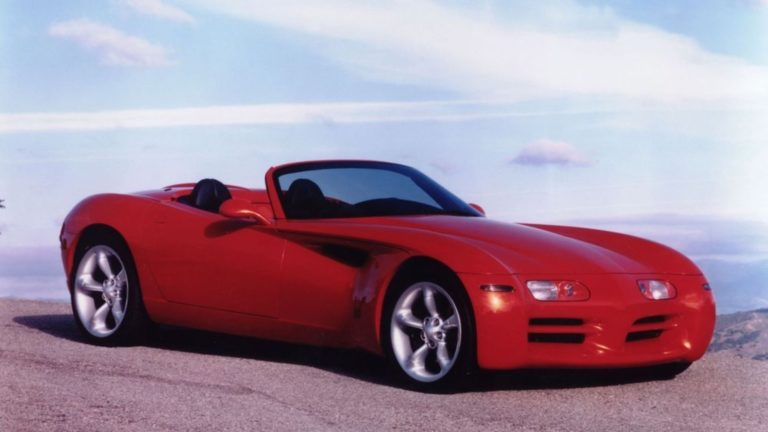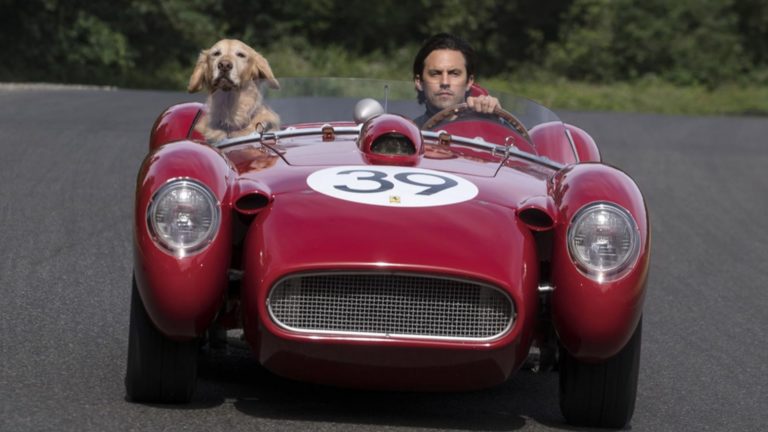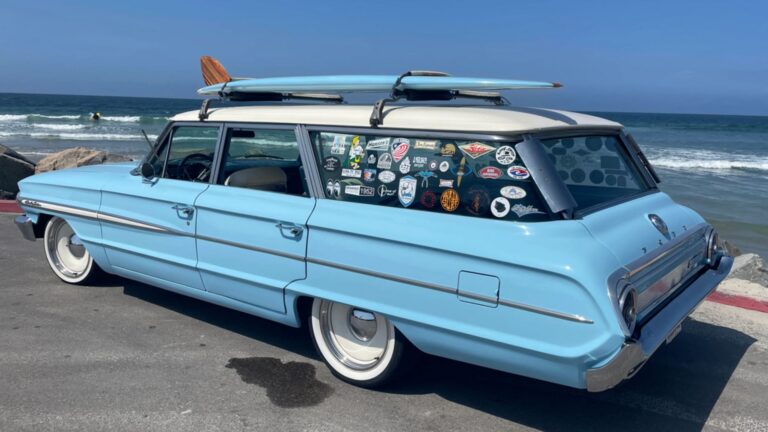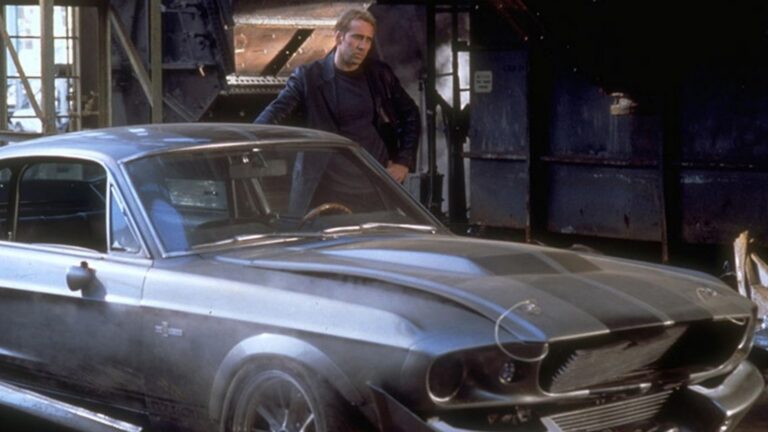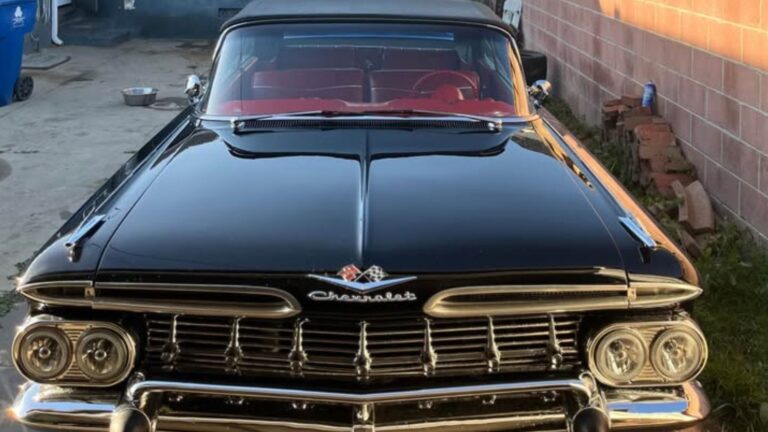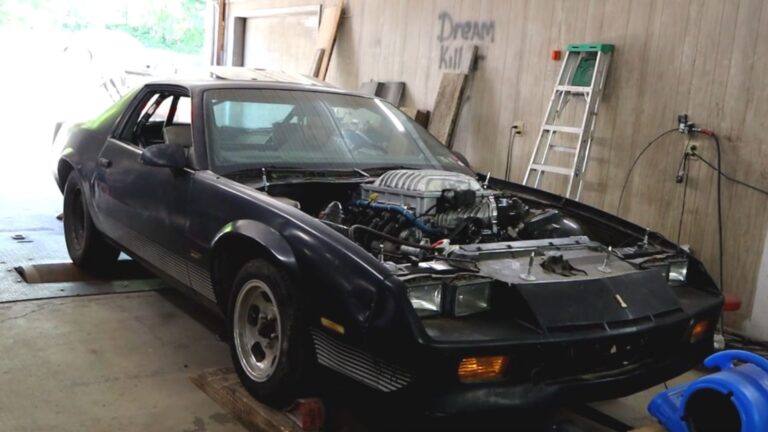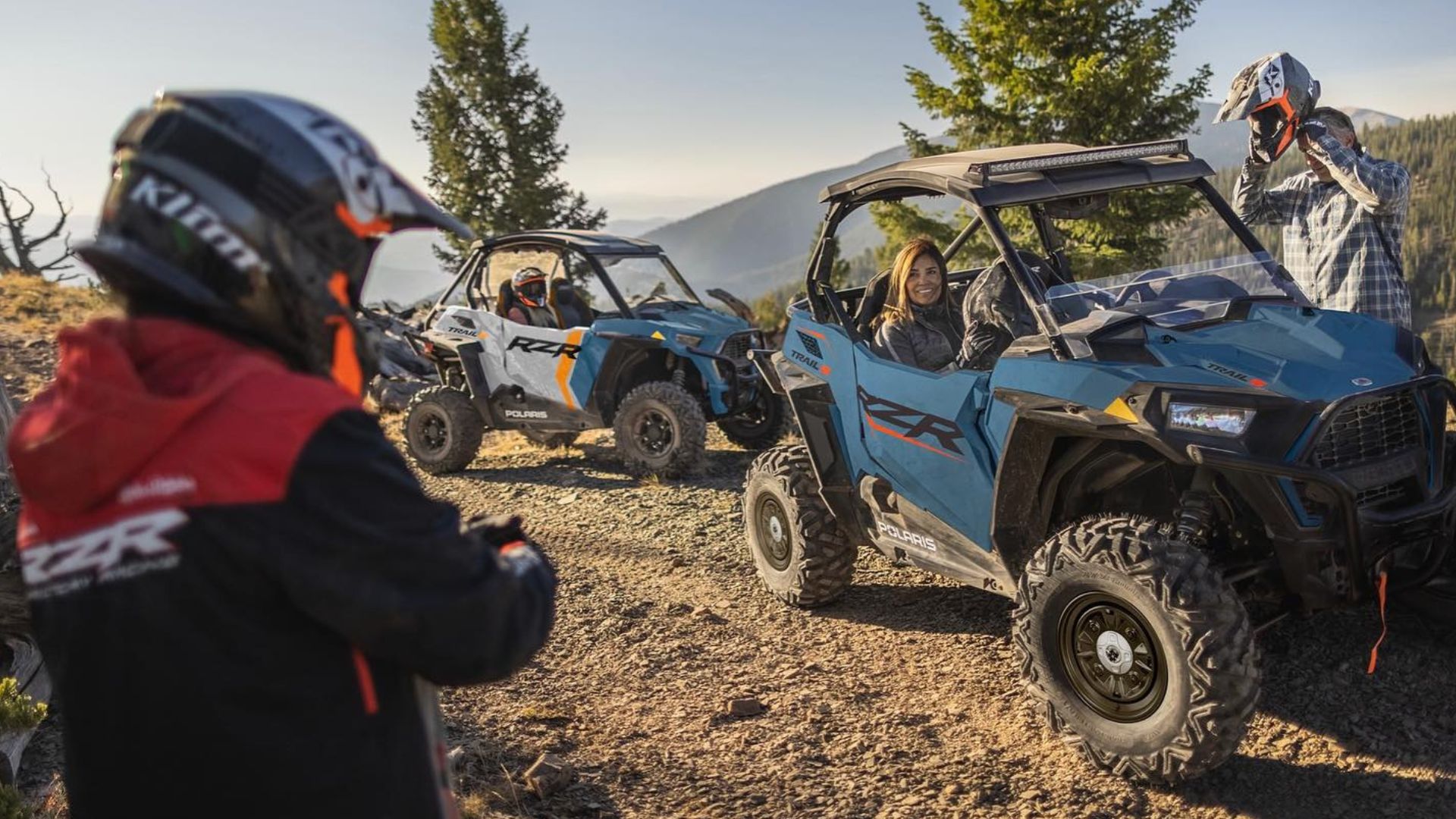
Most outdoor enthusiasts who like a vehicle that can traverse rugged terrain and take them places pretty much nothing else can finds themselves questioning if a side by side is a smarter choice than a Jeep Wrangler. It’s a fair question to ask since there are obvious differences and similarities between the two options. But the truth is the answer isn’t clear cut.
Learn what overlanding through the wilderness of Honduras is like here.
One of the chief complaints many off-roaders have with the last two generations of the Wrangler (and for some all of them) is that the off-road rig has grown in size and curb weight. The same can also be said for the cost of acquiring one, let alone maintaining it. This can present a challenge on narrow trails and some feel the Wrangler has become far less nimble and able to deal with sand, mud, and other trail obstacles.
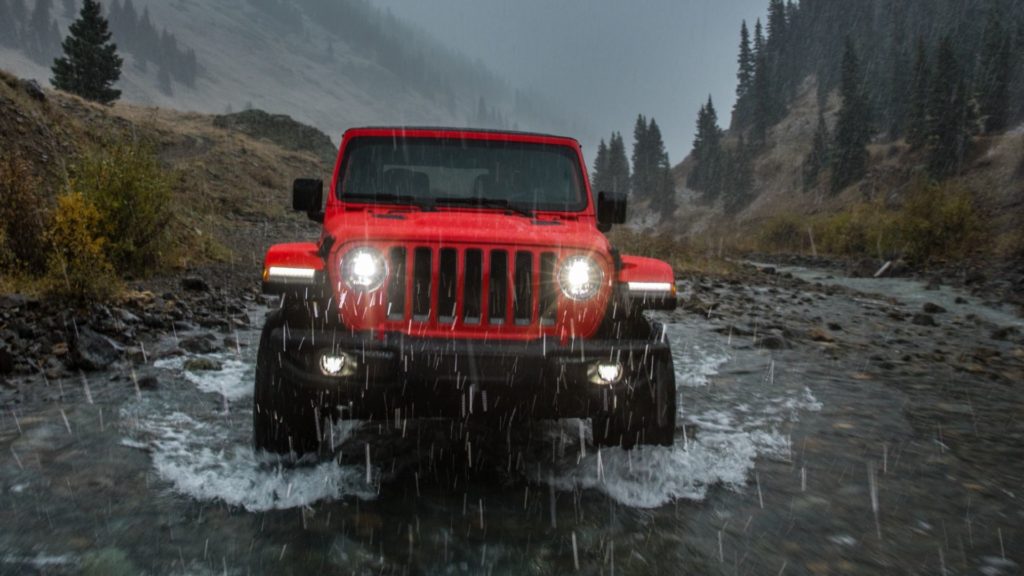
Not everyone agrees with this outlook. After all, the Unlimited models make bringing passengers along for adventures more convenient. And while the older Jeep crowd might snigger at heated seats, air conditioning, and touchscreens, some people absolutely love such conveniences.
This is why some feel the side by sides are the new Jeeps. They see the Wranglers as bloated, overly complex, and soft. While there’s certainly a range in the side by side market, most are pretty basic and purpose-built machines. That sense of purity and a return to the roots of off-road enjoyment has led many to choose the SXS route.
Some off-roaders might mock them, but Wranglers pack an impressive amount of trail assist features these days, particularly the top-line models. While you can get the same or similar features in SXS, terrain management, hill descent control, and off-road terrain response are systems that can make dealing with challenging, even dangerous situations far less stressful.
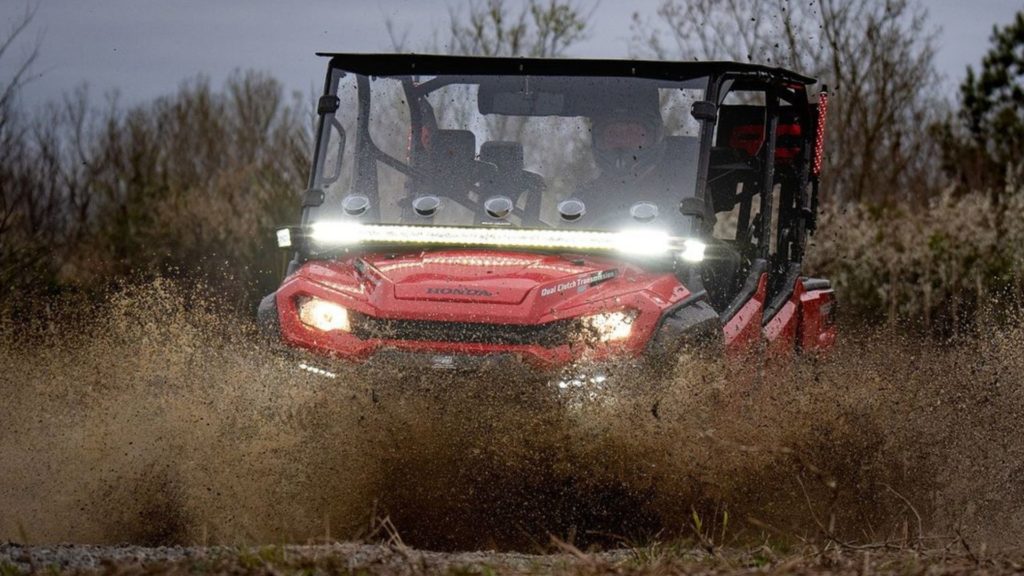
However, there are areas where side by sides can go that a factory or slightly modified Jeep wouldn’t have a chance of traversing successfully. That said, there are ways to build a Jeep that can run in such areas, but it’s not easy nor is it cheap.
Speaking of cheap, if you crunch your side by side on a trail, it’s generally cheaper to fix. And if it’s not your way to and from work during the week, you don’t have to repair it right away if you’re a little short on cash that week.
One big problem with SXS is the fact in some states they can’t be driven on public roads. Even if they can, some aren’t capable of traveling at highway speeds and others are quite scary on the open road. They’re also a huge mismatch safety wise compared to big trucks and SUVs, so there’s a valid safety concern with using them on roads much. This is why you’ll see people trailer their side by side to a trailhead. But that requires space and at popular destinations there’s little of that commodity.
Plus, you need a tow vehicle and a trailer to accommodate the SXS. That adds to their expense, unless you already own such things.

Jeep Wranglers, on the other hand, can handle the duty of everyday driving on pavement. While you can modify the gears to where freeway driving is less than ideal, from the factory they will cruise at 75 mph comfortably. This is a huge selling point for many.
Ultimately, the issue of comfort is what is the breaking point for which way people go. Wranglers are far cushier than even the plushest SXS, giving you not only more insulation and damping but also the option of sealing the cabin against dust, moisture, and more.
The debate between which is better, a Jeep Wrangler or a side by side, isn’t as simple as some make it out to be. There are a lot of factors to consider and with new models, features, and modification options coming out constantly for both, it’s a decision which requires a fair bit of research.
Images via Polaris, Stellantis, Honda
